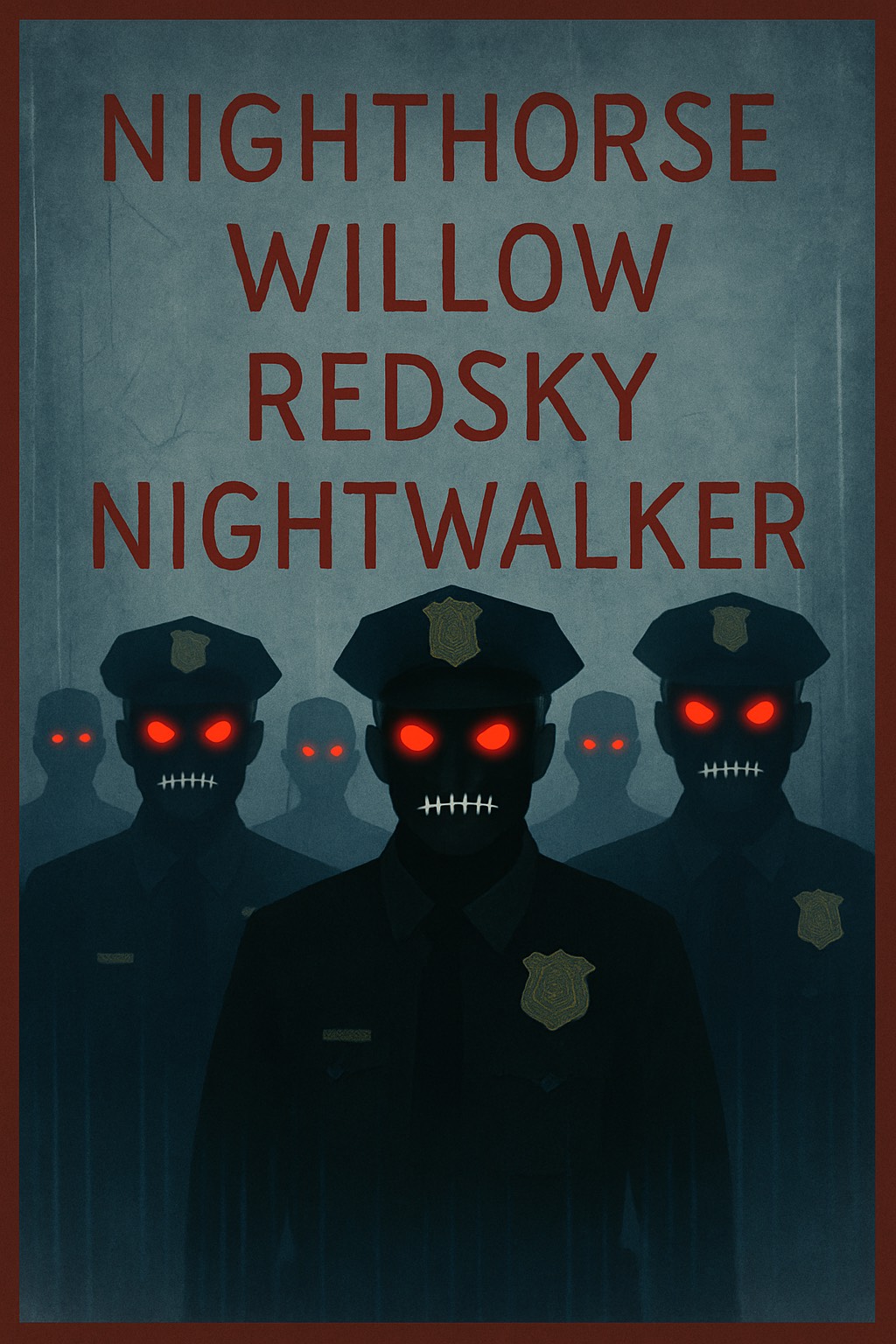Career Focus
Did you know that 9 out of 10 recruiters and employers use LinkedIn to research candidates?
Did you know that if your application is selected, the interviewer often puts your name into Google and searches for you to see if you are using LinkedIn? Did you know that LinkedIn started in 2003 which means it has been around longer than Facebook, Instagram and TikTok?
In 2024, LinkedIn will host more than 600 million profiles which equals an unlimited pipeline of network connections and job opportunities. So, if you are job searching having an online presence on the LinkedIn platform is essential. Here are 12 tips and reasons to help improve your profile:
- Networking: This is the #1 way of finding employment and LinkedIn enables you to connect with employers and colleagues all over the world. Because LinkedIn is global, it can open doors and be the gateway to new opportunities and business relationships that were unimaginable in the past.
- Standing Out from the Crowd: Employers often use LinkedIn to find candidates so an impressive profile can grab their attention. Your LinkedIn profile can either help you or work against you if your profile is not completed properly.
- Keeping informed: LinkedIn is not just a platform to find work. It is a resource to stay current about trends in your industry by following specific companies or influencers. Employers like to hire lifelong learners so continuous learning is crucial for everyone. A common interview question is “How do you stay informed about your work?” Your answer could be “Through LinkedIn. I use it all the time to keep current about changing trends.”
- Create a Compelling Headline: Don’t just have a title. Instead, have a powerful headline that reflects your desired position. If you are job searching, it does not have to be your current role, but the role that you want. One of the ways to select a headline is to reflect on the question “What if the headline was all people could read about me?” For example, if you are a Marketing Assistant who wants to work from home, who enjoys writing, and who volunteers in the community to support diversity inclusion, your headline could be: Remote Marketing Assistant / DEIA Community Advocate / Found My Purpose Supporting Others Using Writing Expertise”
- Clean up Skills and Endorsements: It is important to complete this section however never list more than 6 skills that connect to your current goal and try to get your connections to endorse you. LinkedIn is not about gathering lots of connections. It is about encouraging your connections to endorse your skills and to write wonderful recommendations for you.
- Collect Current Recommendations: Employers like to read at least 2 current recommendations, not ones from 5+ years ago. A negative warning for many employers is if you have 200+ connections and no recommendations. This creates doubt for an employer and when in doubt, employers might not consider you as a candidate.
- Adjust your “About” Section: this is your “call to action”. It can be written in first person or third person, in bullet form, or as a narrative, and it should be a minimum of 40 characters and a maximum of 2,000 characters. Use the formula: one or two sentences about who you are; three to five sentences about your job experiences and passions; one to two sentences about your present and future goals and how people can connect with you which means mentioning the message feature. For example, your last sentence in this section could be: “Message me today to see if I can support your goals”.
- Take it Easy with Connection Requests: Never ask for a connection request without a personal message. This has become an unspoken LinkedIn etiquette standard. In addition to requests, you can use this feature to declutter old connections. If you have not heard from a connection in over one year, check in to see how they are. For example, you could send this message: “Hi. We met at the George Brown College Alumni event in 2017 after completing our Marketing Management program. Are you still working in marketing or have you moved on to a new career? Let me know how you are doing. It would be nice to reconnect again!” If you don’t get a response, delete them.
- Actively Participate: Active involvement on LinkedIn can enhance your credibility and visibility. You can do this by sharing content including industry-related articles, and updates about your professional career journey. Another easy way to participate is by commenting thoughtfully and liking posts.
- Manage your Interests: Employers read this section to learn more about your personality. Each interest should reflect something of significance toward your goal. For example, add in the company where you want to work. You can also add professional associations, groups, newsletters and schools.
- Use the Job Board: New opportunities exist throughout the LinkedIn site that may not exist on traditional job boards. You can apply directly for positions using LinkedIn, save job searches, and flag recruiters that you are open to hearing about opportunities.
- Select Your Visuals Carefully: LinkedIn is a visual platform so keep your selfie photo current and ensure that your face takes up at least 60% of the frame. Never use a passport photo or have a distracting background. Your banner photo is just as important as your selfie. Ensure it reflects your brand and that it connects to what is written in your “about” section. You can find lots of free images at www.unsplash.com
In summary, LinkedIn can provide limitless opportunities to improve your professional image, increase your network contacts and, hopefully, help to get you selected for an interview. If you don’t have LinkedIn or if you haven’t used it for a while, take time to update it and get involved in forums, groups and connect with like-minded people. Check your LinkedIn daily and remember that it is not an online resume. It is your digital reputation and might help you reach the job interview you are dreaming of.
This article was written by Lisa Trudel, Career Specialist with Achēv at 100 Lombard Street in downtown Toronto. Achēv is funded by Employment Ontario. If you want to find out if you are eligible to use the services offered at Achēv contact Lisa at ltrudel@achev.ca





